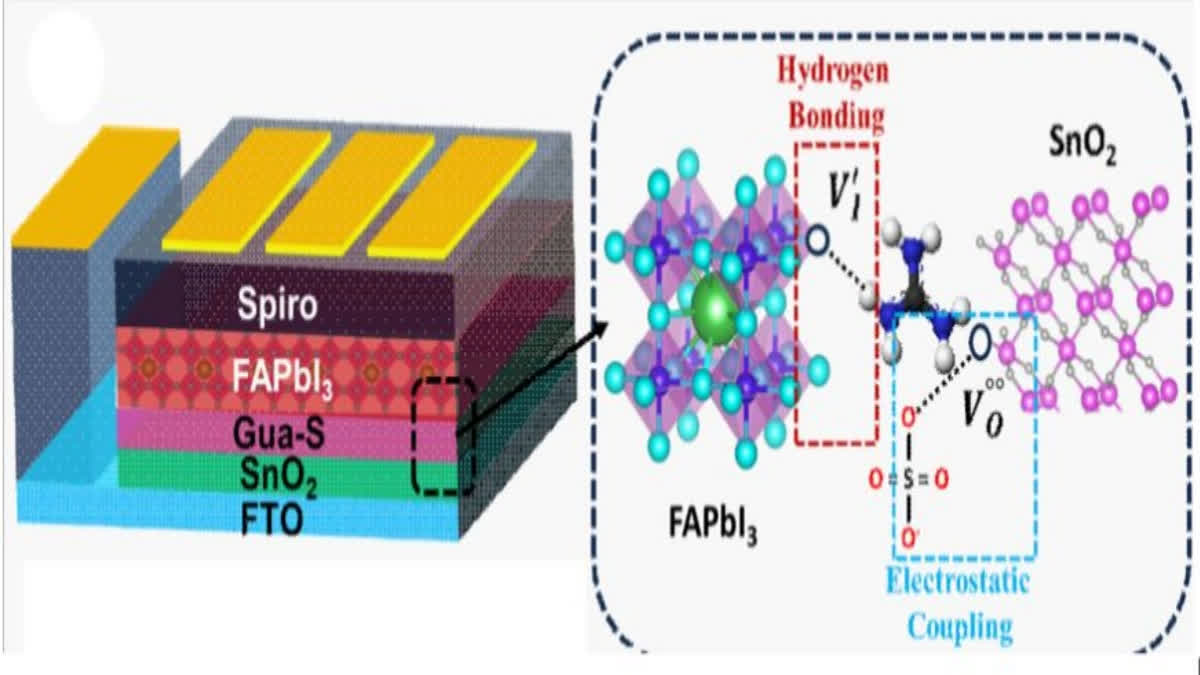New Delhi: Researchers at IIT Delhi have developed a promising method to create efficient and stable Perovskite solar cells (PSCs) under ambient conditions without the need for anti-solvents, paving the way for cost-effective, thin-film solar technology that could rival conventional silicon-based cells.
The project, led by Prof. Trilok Singh from the Department of Energy Science and Engineering (DESE), focuses on advancing Perovskite solar cells —a new class of solar material known for its high energy efficiency and lower production costs. Unlike traditional silicon solar cells, Perovskite cells use a naturally abundant mineral, making them more sustainable and economically viable.
However, scaling this technology under ambient conditions has been challenging due to the formation of defects in the solar cell structure, which can reduce efficiency and stability.
In a recent study published in SMALL Journal by Wiley, the IIT Delhi team proposed a novel approach to overcome these challenges by fabricating Perovskite cells under normal conditions, without the use of anti-solvents. By using a carefully selected molecule, Guanidine sulfate (Gua-S), the researchers found they could effectively reduce defects and interfacial stresses that typically arise during cell production. Gua-S, with its unique composition of amino anchoring groups and sulfate anions, manages these issues by addressing cationic and anionic defects within the film.
The study's findings show that the cells demonstrated an impressive power conversion efficiency (PCE) retention of 87 per cent after 2,000 hours of operation, a testament to the cells' durability and the effectiveness of Gua-S in improving device stability and performance.
Prof. Trilok Singh noted, "The device demonstrated exceptional stability, highlighting the potential of Gua-S as an effective approach for improving both the performance and long-term stability of PSCs. Such an innovative anti-solvent-free technique will promote the upscaling of perovskite solar cells under ambient conditions."
This development marks a significant step towards making Perovskite solar cells a viable, scalable alternative to silicon-based solar technology, offering a sustainable solution to meet growing energy needs.
